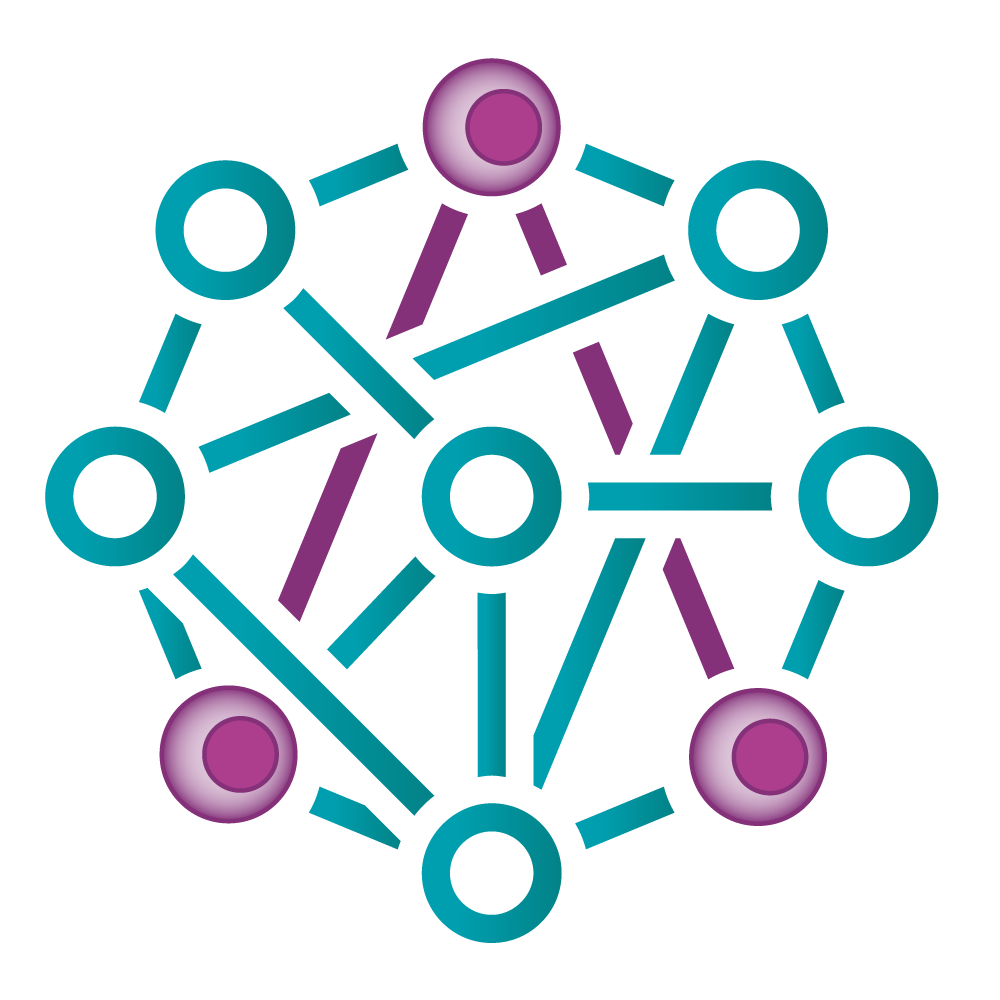Cellular Reprogramming
Cellular reprogramming is the process of directing cellular identity to produce a desired or therapeutically valuable cell type, often through induced pluripotency, differentiation or transdifferentiation. The potential to produce and maintain any cell type of interest has great clinical value, creating the opportunity to develop a scalable and functional cell source for ex vivo cell therapy development, and explore novel therapeutic modalities, such as in vivo reprogramming, for treating diseases with an unmet medical need.
The concept of cellular reprogramming is not a new one, since Conrad Waddington’s proposal of the epigenetic landscape in 1957, researchers have worked to determine the factors of controlling cell fate. These efforts proved fruitful in the publication of Shinya Yamanaka’s discovery of ‘Induction of Pluripotent Stem Cells (iPSCs) from Adult Human Fibroblasts by Defined Factors’ in 2007, Yamanaka’s research elucidated the means of generating any cell type via cellular reprogramming, but a reliance on experience led trial and error limited its broad application in the development of cell-based therapies.
